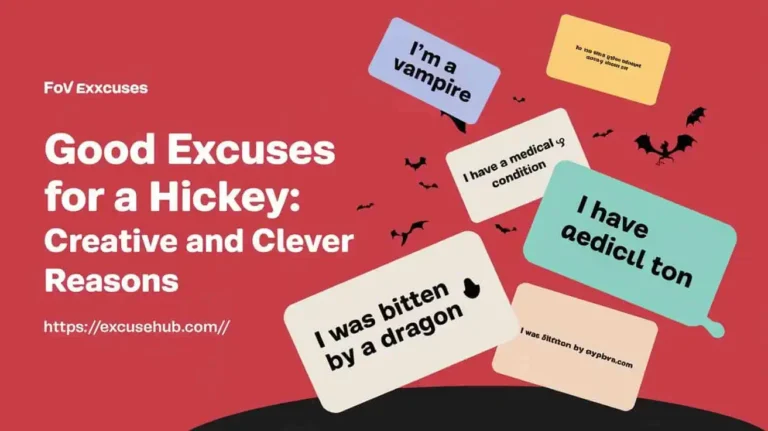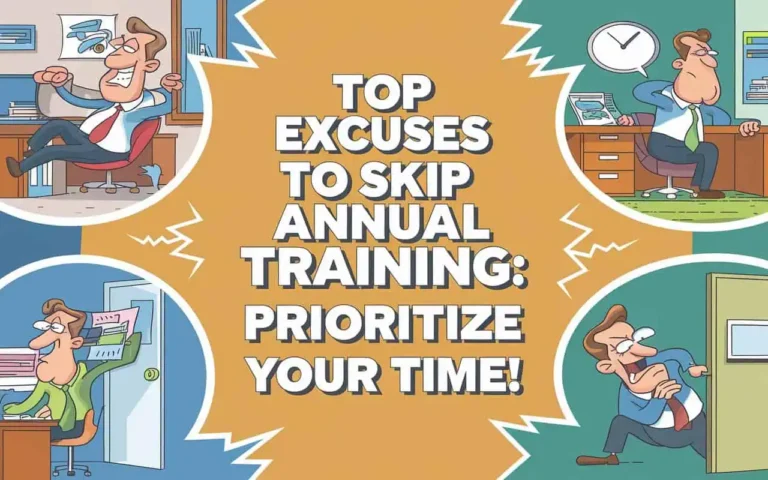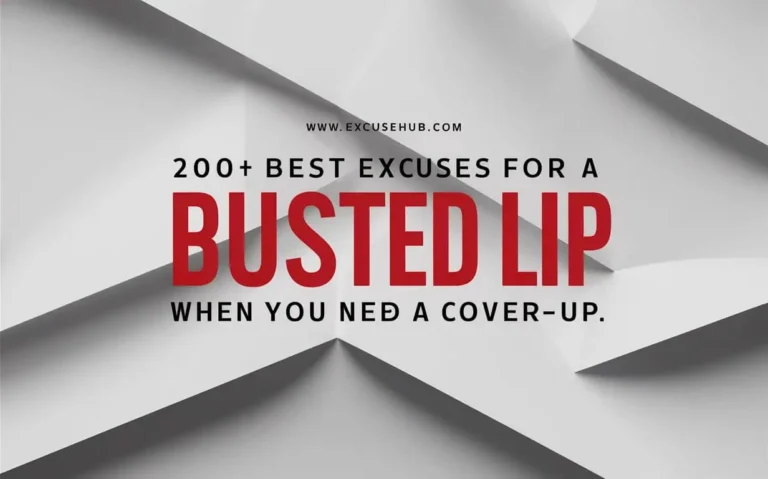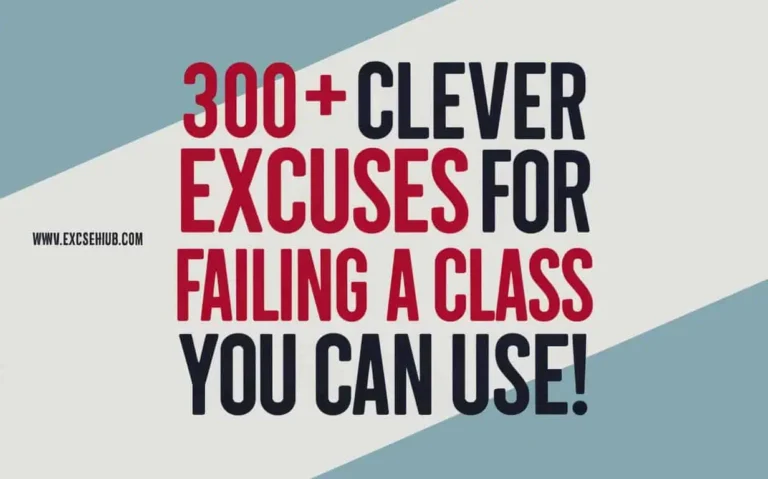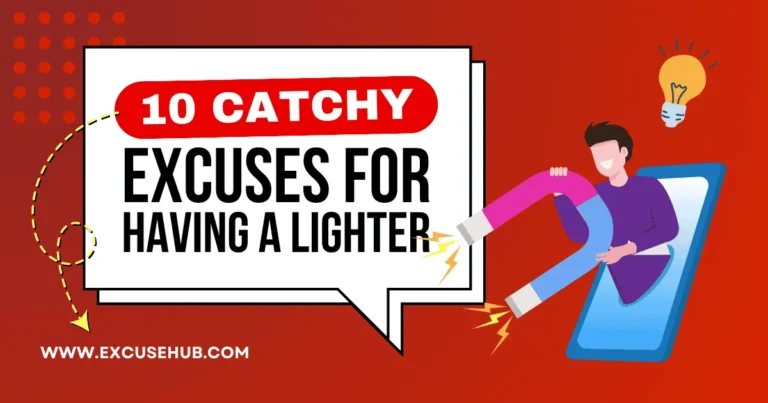Most Successful Excuses for Speeding Tickets
When pulled over for speeding, presenting a valid excuse can help reduce or avoid fines. Common excuses for speeding tickets include medical emergencies, unfamiliarity with local speed limits, or GPS navigation errors.
You might also consider reasons such as keeping up with traffic, a temporary lapse in attention, or a vehicle malfunction.
Additionally, citing the need to avoid a road hazard or a lack of awareness of the speed limit could work in your favor. Understanding these excuses for speeding tickets can help you prepare a stronger defense..
Key Takeaways
- Medical emergencies can be a valid excuse for speeding, but evidence like a doctor’s note is required to support the claim.
- Unfamiliarity with local speed limits can be a reasonable excuse, especially if signage is inadequate or recently changed.
- Speeding to keep up with traffic can be justified if the driver was maintaining a safe speed relative to surrounding vehicles.
- GPS navigation mistakes, such as miscalibrated settings or unexpected detours, can be a legitimate excuse for speeding.
- Momentary distractions, like a lack of attention, can be a valid excuse if the driver acknowledges responsibility and demonstrates a commitment to safe driving.
The Medical Emergency Excuse
When you’re pulled over for speeding, claiming a medical emergency can be a viable excuse, but it’s essential to use this reason judiciously and be prepared to provide evidence to support your claim.
A genuine emergency medical situation, such as rushing a patient to the hospital or seeking immediate attention for yourself, may warrant leniency from the officer. However, you’ll need to convincingly convey the urgent situation that led to your speeding.
Be prepared to provide detailed explanations of the circumstances and evidence to support your claim, such as a doctor’s note or medical records.
If the officer determines that your reason is valid, they may consider issuing a warning or reducing the severity of the fine.
On the other hand, fabricating or exaggerating a medical emergency can lead to increased skepticism and harsher penalties. When explaining the situation to the officer, be truthful and specific, focusing on the circumstances surrounding the emergency medical situation rather than simply trying to deflect responsibility.
Remember that this excuse is best reserved for extraordinary situations and not used as a common explanation for reckless behavior.
Unfamiliarity With Local Speed Limits
Claiming unfamiliarity with local speed limits can be a more relatable excuse for many drivers, especially those who are not from the area or are simply passing through, and it’s important to explore how this reason can be effectively presented to an officer. To increase the likelihood of a successful outcome, it’s vital to demonstrate a genuine lack of local signage awareness and speed limit confusion.
| Key Points to Emphasize | Supporting Details |
|---|---|
| Lack of familiarity with local roads | You’re visiting from out of town or recently moved to the area. |
| Insufficient signage | Speed limit signs were missing, obstructed, or difficult to read. |
| Confusion with speed limit changes | Speed limits changed recently, or there were conflicting signs. |
| No prior warnings or citations | You’ve never received a warning or citation in the area before. |
| Willingness to learn and adapt | You’re enthusiastic to learn about local traffic laws and adjust your driving habits. |
When presenting your case to the officer, be honest and respectful. Avoid making excuses or blaming others. By highlighting your good faith effort to comply with local traffic laws and demonstrating a willingness to learn, you may be able to persuade the officer to issue a warning instead of a ticket.
Speeding to Keep up With Traffic
When considering the excuse of ‘Speeding to Keep up With Traffic’, you’ll need to evaluate several key points to build a solid defense.
You should start by analyzing the flow of traffic at the time of the alleged speeding incident, including the surrounding vehicle speeds and road conditions.
Additionally, you’ll want to examine the specific circumstances of your case, such as whether you were merging with traffic or attempting to maintain a safe following distance.
Flow of Traffic
Many drivers have successfully used the ’flow of traffic’ excuse to talk their way out of a speeding ticket. They argue that they were simply maintaining a safe speed to keep up with the surrounding traffic, consequently avoiding a potentially hazardous situation by not slowing down abruptly.
By citing the need to blend in with the traffic flow, you may be able to persuade the officer that your speeding was a necessary measure to avoid a collision. This excuse is most effective when the traffic is heavy and fast-moving, as it becomes more plausible that you were trying to maintain a safe distance from other vehicles.
You can also use this opportunity to point out that your speed was actually below the average speed of the surrounding traffic, thereby aligning yourself with the overall traffic flow. Be prepared to explain how your speed was consistent with the traffic conditions and speeding trends in the area, demonstrating that you weren’t recklessly disregarding the speed limit.
Surrounding Vehicle Speeds
By citing the speeds of surrounding vehicles, you can build a stronger case for why you were speeding to keep up with traffic. It’s likely that other drivers were also exceeding the limit to maintain a safe distance and avoid collisions.
When presenting your case, consider mentioning the make and model of the surrounding vehicles, as well as their estimated speeds. This can help demonstrate that your vehicle performance was comparable to others on the road, and that you weren’t recklessly disregarding speed regulations.
When explaining your actions, emphasize that you were simply trying to keep up with the flow of traffic to avoid creating a hazard or disrupting the normal flow of vehicles.
Be sure to note that you weren’t attempting to speed excessively, but rather maintaining a safe and reasonable speed relative to the surrounding vehicles.
By highlighting the speeds of other drivers and your efforts to maintain a safe distance, you can show that your actions were reasonable and justified, given the circumstances.
Merging With Traffic
Merging with traffic often requires accelerating to match the speed of the flow of vehicles you’re entering. In some cases, this may involve temporarily exceeding the posted speed limit to secure a safe and smooth changeover.
As you attempt to merge, you must be aware of the surrounding traffic patterns, taking note of the speed and position of nearby vehicles.
By using proper merging techniques, such as checking your blind spots and signaling early, you can minimize the risk of accidents and reduce the likelihood of being issued a speeding ticket.
If you’re pulled over for speeding while merging with traffic, it’s important to explain the circumstances to the officer in a clear and respectful manner.
You might say something like, ‘Officer, I apologize for speeding, but I was attempting to merge with the traffic flow to guarantee a safe changeover. I was aware of the surrounding traffic patterns and took necessary precautions to avoid any hazards.’
The GPS Navigation Mistake
When relying on GPS navigation, you may find yourself in a situation where you’re speeding unintentionally. You may have entered incorrect settings or relied on outdated maps, leading to a miscalibration that puts you at fault.
To better understand the nuances of this excuse, let’s examine three key points:
- Miscalibrated GPS settings.
- Being rerouted through unmarked roads.
- Taking an unexpected detour shortcut.
Miscalibrated GPS Settings
One common excuse for speeding tickets that you might consider using is that your GPS device‘s speedometer function was miscalibrated, leading you to inadvertently exceed the speed limit. This excuse relies on the idea that GPS inaccuracies can cause navigation errors, resulting in you unknowingly driving at a faster speed than you thought.
If you can demonstrate that your GPS device wasn’t accurately tracking your speed, you may be able to persuade the officer or the court that the speeding infraction wasn’t entirely your fault.
To use this excuse effectively, you’ll need to provide evidence that your GPS device was indeed miscalibrated. This could involve showing that the device wasn’t properly set up or calibrated, or that it was malfunctioning in some way.
You may also want to provide documentation or testimony from a GPS expert to support your claim. By presenting a clear and convincing case, you may be able to avoid or reduce the penalties associated with the speeding ticket.
Be sure to approach this excuse in a respectful and honest manner, and to be prepared to provide supporting evidence to back up your claim.
Rerouted Through Unmarked Road
If your GPS device’s miscalibrated speedometer function isn’t the issue, you might find yourself in a situation where the GPS navigation system reroutes you through an unmarked road, leading to unintentional speeding.
This can be a frustrating experience, especially if you’re not familiar with the area. The unmarked road challenges can be significant, as you may not be aware of the speed limits or road conditions.
When explaining the situation to the officer, be honest and provide context. You can say something like, ‘I was following my GPS navigation system, which rerouted me through an unmarked road.
I wasn’t aware of the speed limit, and I didn’t realize I was speeding until you pulled me over.’ It’s important to acknowledge that you take full responsibility for your actions and that you’re committed to safe driving.
Emphasize that you were using alternative route navigation, which can sometimes lead to unexpected routes. Show that you’re willing to learn from the experience and take steps to prevent similar situations in the future.
By explaining the circumstances and demonstrating a commitment to safe driving, you may be able to persuade the officer to reduce the severity of the ticket or even dismiss it altogether.
Unexpected Detour Shortcut Taken
Taking an unexpected detour shortcut based on your GPS guidance system‘s mistake can lead to unwittingly speeding through unfamiliar roads and ultimately, a speeding ticket. This situation can be frustrating, especially if you’re running late or maneuvering through heavy traffic. You may have been relying on your GPS to find the fastest route, only to find yourself on a shortcut that wasn’t properly optimized.
If you’re pulled over for speeding in this situation, you can explain to the officer that your GPS led you astray. Be honest and provide context, explaining that you were following the shortcut guidance provided by your GPS.
Acknowledge that you didn’t realize you were speeding and express your willingness to be more cautious in the future. You can also mention that unexpected traffic or road conditions may have contributed to your speeding.
It’s essential to remain calm and respectful when explaining your situation to the officer. Avoid making excuses or blaming the GPS entirely, as this may come across as insincere. By being transparent and taking responsibility for your actions, you may be able to persuade the officer to issue a warning instead of a ticket.
A Momentary Lack of Attention
When you’re pulled over for speeding, explaining that a momentary lack of attention caused you to lose track of your speed can be a viable excuse. This approach acknowledges your mistake without making excuses or blaming external factors.
It shows that you take responsibility for your actions and understand the distraction effects that led to your speeding.
By acknowledging a momentary lapse in attention, you demonstrate that you’re aware of the importance of staying focused on the road.
To effectively use this excuse, be honest and provide context for the momentary distraction. For example, you might explain that you were adjusting the radio or responding to a passenger’s question, which momentarily diverted your attention from the speedometer.
Be cautious not to oversell the excuse or make it seem like a habitual behavior. Instead, emphasize that it was an isolated incident and that you’re committed to being more mindful of your speed in the future.
The Car’s Speedometer Was Broken
Claiming that the car’s speedometer was broken can be a valid excuse for speeding, provided you can support it with evidence and demonstrate that you’ve taken steps to rectify the issue. To make this excuse credible, you’ll need to provide documentation of the speedometer malfunction, such as a mechanic’s report or repair invoice.
It’s also essential to show that you’ve had the issue fixed or are in the process of doing so. Calibration issues can be a common cause of speedometer errors, so be prepared to explain how you plan to address this problem.
When presenting your case, be honest and transparent about the circumstances surrounding the speeding incident. Explain how you were unaware of your actual speed due to the faulty speedometer and that you’re taking steps to prevent similar situations in the future.
Avoid making excuses or downplaying the severity of the infraction. Instead, focus on demonstrating your responsibility and commitment to safe driving. By providing a clear and convincing explanation, you may be able to persuade the officer or judge to reduce or dismiss the speeding ticket.
I Was Avoiding a Road Hazard
You might be able to successfully argue that you were speeding in order to avoid a road hazard, such as a pothole, debris, or an animal in the road. To support your claim, it’s crucial to be aware of your surroundings and able to clearly explain the road safety concerns that led to your actions.
Be specific about the potential hazards you encountered, and demonstrate that speeding was the only way to safely avoid them.
For example, you could explain that a pothole was particularly large or that the debris on the road posed an imminent threat to your vehicle or others. Additionally, show that you exercised reasonable care in the situation by not exceeding the speed limit by too much.
If possible, gather evidence, such as witness statements, photos, or video footage, to support your claim. The officer who issued the ticket or a judge will assess your claim, and concrete evidence will be helpful.
Furthermore, stay calm, courteous, and apologetic, demonstrating a commitment to responsible driving habits and safety on the road. By following these guidelines and genuinely justifying your speeding actions as an exception for the safety reasons provided.
I Was Unaware of the Speed Limit
Lack of awareness about the speed limit can be a viable excuse for a speeding ticket, but it requires careful presentation to be convincing.
When using this excuse, you must demonstrate that you took reasonable steps to familiarize yourself with the speed limit, but were still unaware of it due to circumstances beyond your control.
- You were driving in an unfamiliar area with inadequate signage.
- You were following a GPS navigator that provided incorrect speed limit information.
- You were distracted by an emergency or unexpected event that took your attention away from the road.
- You were driving on a road with inconsistent or unclear speed limit markings.
It is essential to acknowledge that as a driver, you have a responsibility to be aware of the speed limit and drive accordingly.
However, if you can demonstrate that you were genuinely unaware of the speed limit due to circumstances beyond your control, you may be able to avoid or reduce the legal implications of a speeding ticket.
Conclusion
When pulled over for speeding, having a compelling excuse can make a difference. While honesty is usually best, you might need to present well-thought-out excuses for speeding tickets.
Consider using reasons like a medical emergency, unfamiliarity with local speed limits, or GPS errors. Other potential excuses include speeding to match traffic flow, a brief lapse in attention, or avoiding a road hazard.
Crafting a persuasive explanation can help mitigate the consequences, but it’s essential to be prepared and informed about effective strategies.
Frequently Asked Questions
Can I Use a Medical Emergency Excuse for a Non-Life-Threatening Condition?
You’re unlikely to be successful using a medical emergency excuse for a non-life-threatening condition, as authorities typically require a legitimate emergency justification, such as a severe medical condition, to warrant leniency in speeding cases.
Do I Need Proof of Unfamiliarity With Local Speed Limits?
When citing unfamiliarity with local speed limits, you’ll likely need to provide proof, such as a recent move or infrequent visits to the area, to support your unfamiliarity defense and demonstrate a genuine lack of knowledge.
Can I Use the Speeding to Keep up With Traffic Excuse in School Zones?
You’re a million times more likely to get a ticket in a school zone, so think twice before using the “keeping up with traffic” excuse. School zone regulations prioritize safety over traffic flow justification.
Is the GPS Navigation Mistake Excuse Valid for Repeated Offenses?
When facing repeated speeding offenses, you’re unlikely to find the GPS navigation mistake excuse valid, as it may imply a lack of attention to road conditions, and its repeated use can have serious legal implications.
Can I Claim a Momentary Lack of Attention if I Was Using My Phone?
Imagine being a sailor steering through treacherous waters, and your phone is the siren’s call that diverts your attention. If you’re caught speeding while using your phone, claiming a momentary distraction might be valid, but be prepared to prove it wasn’t a habitual lapse.


